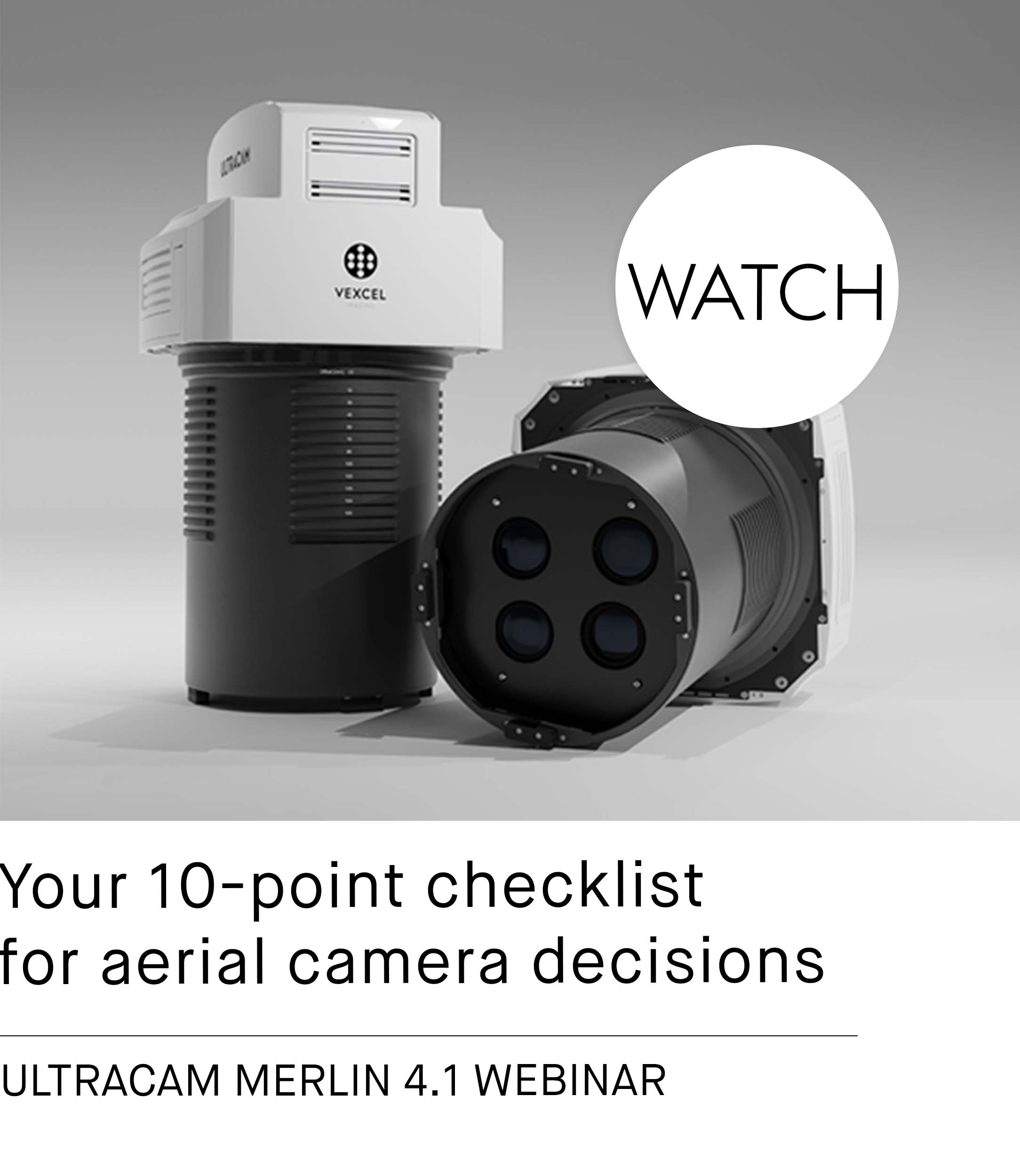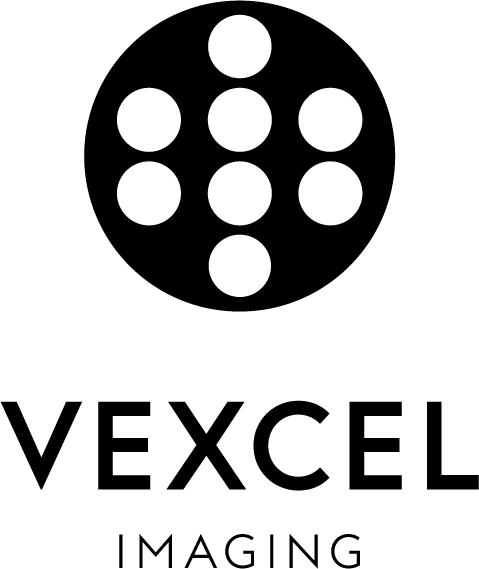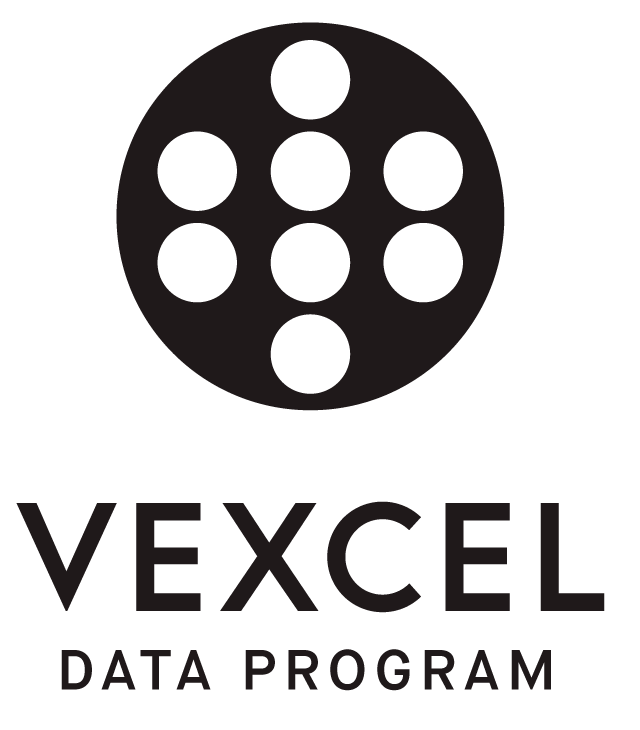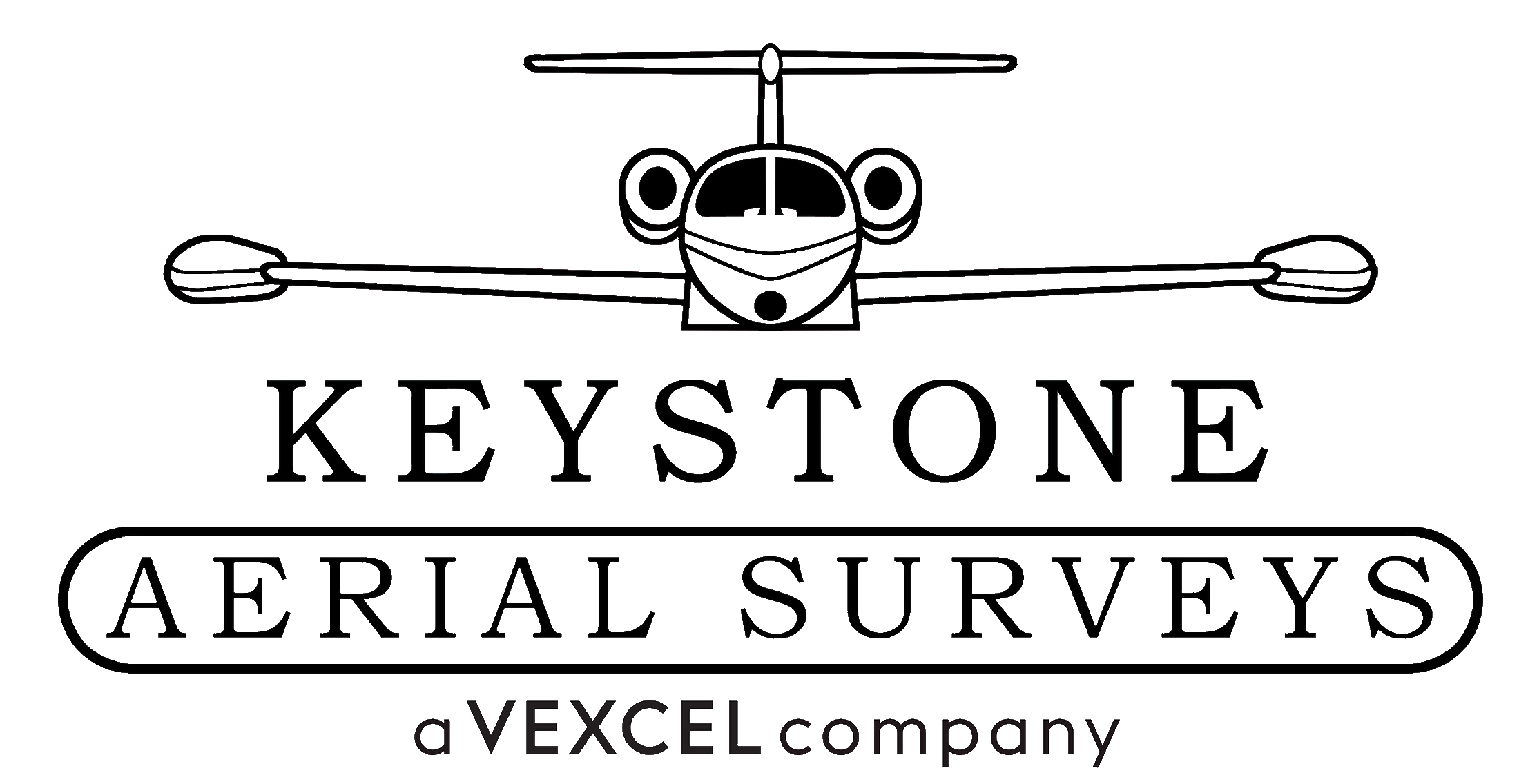Explore UltraMap 6.0: #1 Water handling
The natural properties of water can cause problems in data acquisition and processing. With any data acquisition method (active or passive), the properties of water, their impact on data processing, and the requirements for the end product must be taken into account.
- Not all water is equal. Water can have different shades of color, strong or weak reflections of sunlight, can be cloudy or very clear with visibility to the bottom of the body of water, have smooth or strong waves, have patterns due to the bow waves of ships, etc.
- Photogrammetric data acquisition of a water surface can yield very different results, even if it's the same surface being captured. The differences in the captured data can be attributed to the sensor's movement along its trajectory and its capture of data over time. Two possible causes of these differences are changes in the geometric configuration and dynamic conditions on the water. Changes in geometric configuration occur due to alterations in the incident sunlight resulting from the sensor's different recording positions and the resulting changes in reflections. Dynamic conditions on the water, such as wind, tides, boats, etc., can also contribute to differences in the captured data.
This leads to challenges in data processing such as inhomogeneous orthomosaic (“patchwork carpet” on water), implausible surface or terrain models (height artifacts on water), and unnecessarily long computation times for automatic processing of water surfaces due to futile matching attempts, which can additionally lead to false matches.

What is land and what is water?
In a first step, UltraMap v6.0 performs automated segmentation based on machine learning to derive land cover information and create a water mask. Users can subsequently edit this water mask, if necessary. Or they can use the option to import vectorized water masks directly.
Based on this classification, various processing steps in the workflow can benefit from knowing about the presence of water.

During Color Balancing
The purpose of UltraMap Color Balancing is to automatically compensate for differences in brightness and tone between adjacent or overlapping images. This is achieved by creating a low-resolution DSM and comparing the RGB values of pixels in different images that are in the same location, and then matching them to each other. The automated adjustment is optimized based on the water mask to be applied in ways that are suitable for the characteristics of land and water.
The DSM is enhanced by the water mask, which allows water bodies to be smoothed and set to automatically derived water level heights. However, images captured over water are treated differently because artifacts can occur due to waves, reflections, and other factors. Good Color Balancing benefits individual images that contain water, as well as the final orthomosaics.


During the creation of Surface models (DSMs)

During the creation of Terrain models (DTMs)
During the creation of Orthomosaics
There are two main factors that contribute to the quality of an orthomosaic. Firstly, the geometry on which it is projected and orthorectified must be accurate, as insufficient geometry can lead to unnatural shapes such as bent road lines on curved surfaces. This means that a good DSM result is crucial for the orthomosaic, and proper handling of water bodies can significantly improve the DSM quality.
Secondly, a homogeneous orthomosaic relies on well-adjusted images during the color balancing step. While color balancing generates excellent results for areas on land due to clear structures, small differences in radiometric characteristics of adjacent images can remain due to the various influences on water, such as waves and reflections. To compensate for these differences, UltraMap applies sophisticated blending techniques for water bodies to ensure the best possible result for the orthomosaic.







